Exploring the Inevitable: Gallery of Death in Art
Diamond Jim, 2004
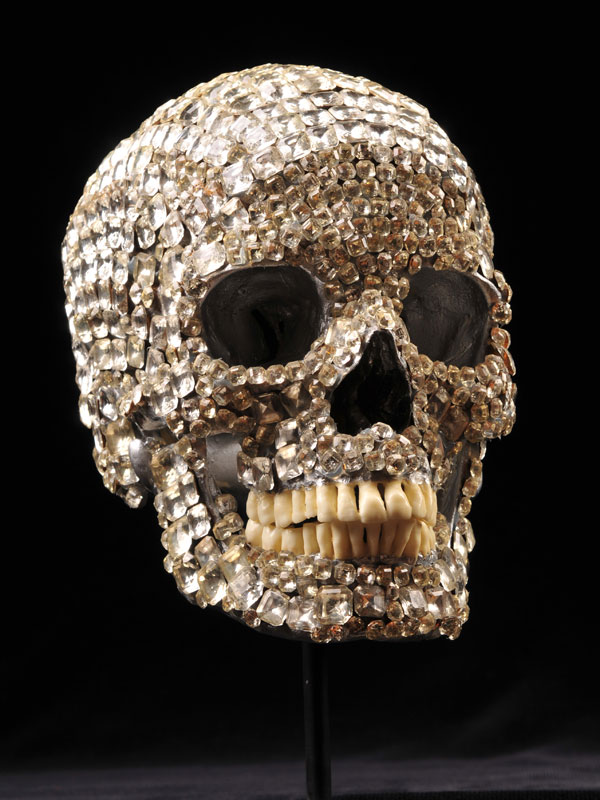
For more than a decade art collector Richard Harris has been seeking out pieces that explore and interpret death. He has amassed not only work by artists like Rembrandt, but photography, installations and artifacts from around the world. Among them, skulls and skeletons are nearly universal. Shown above is "Diamond Jim" 2004, one of his pieces on display at the Chicago Cultural Center from Jan. 28 through July 8, 2012.
1927 Photograph

This $5 snapshot, taken in the backyard of Phebe Clijde's San Diego home, epitomizes the collection. "She is looking at this skull and wondering about it and where it is from and whose skull it is and that is a way to represent my questions and my searches about death and how it manifests itself in the world of objects and art," Harris told LiveScience.
Tribute, 2005
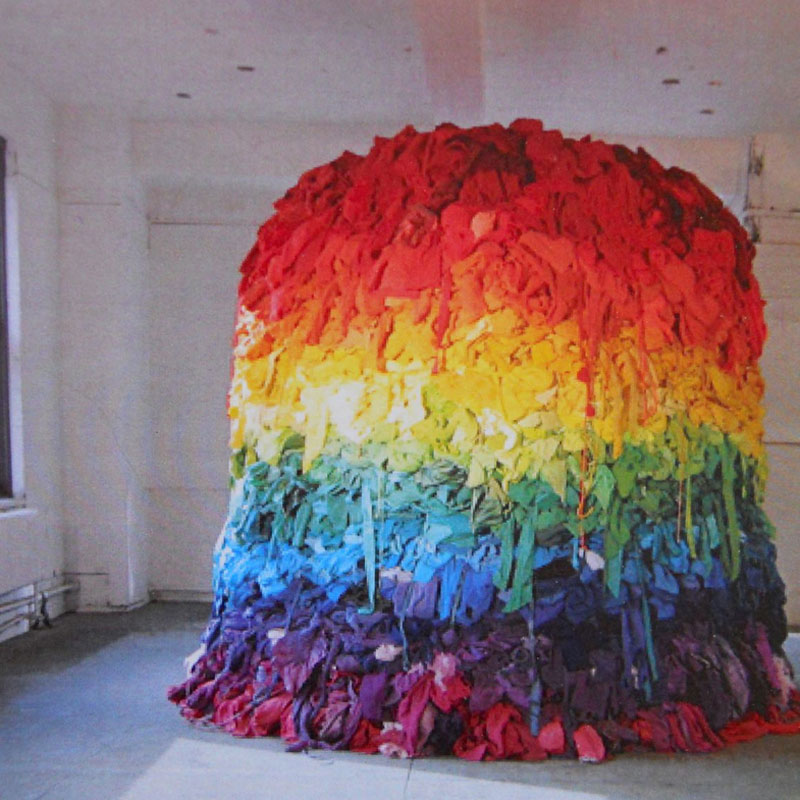
This installation piece, called Tribute, is a mound of strips taken from old clothing that stands about 10 feet high. It commemorates the depersonalization of concentration camp victims who had their clothes taken from them and were put into uniforms before being killed in the Holocaust, according to Harris.
Death and the Woman, 1910
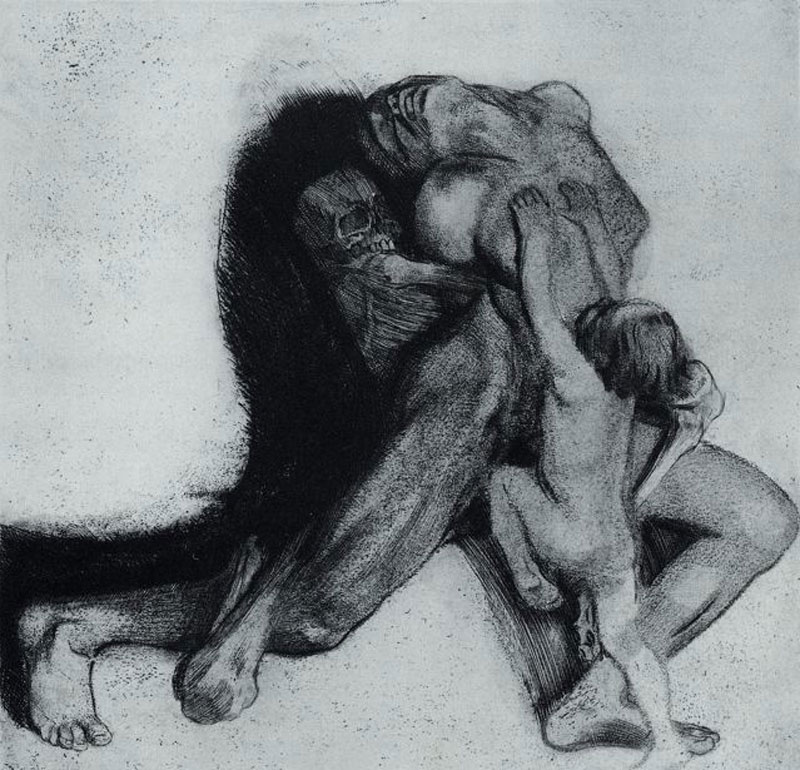
This print shows a struggle over the body of the mother between the child in the foreground and the skeleton behind her.
Hanging Figure, 1979
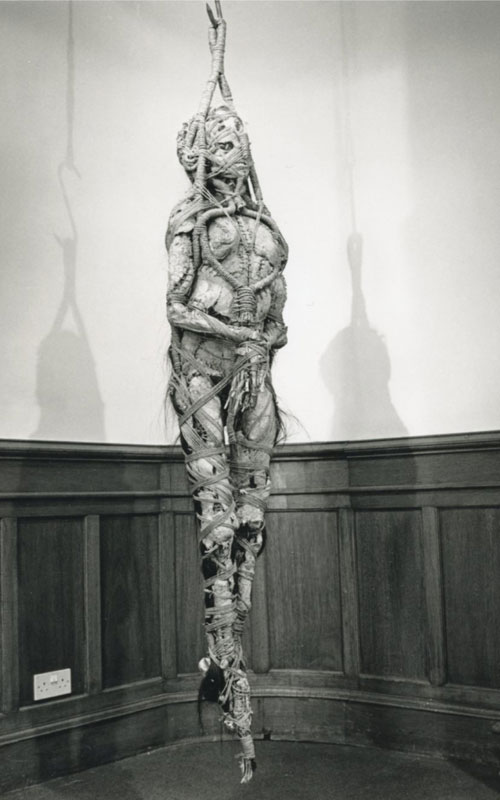
This suspended figure shows parts of the body reassembled and held together with sea grass. It mimics decomposition and reminds us of our physical existence. The figure is made from a human skeleton, and preserved parts from a calf.
Shock Troops Advance Under Gas: Der Krieg, 1924
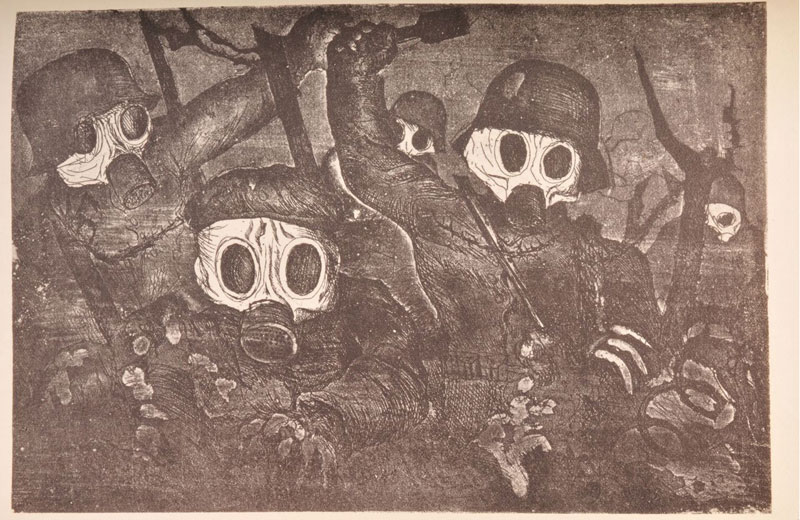
The exhibit, titled Morbid Curiosity, includes a War Room that displays prints depicting the devastation of war. These include this piece from World War 1, when the artist served in the German army.
Cemetery at Dusk, Mexico: The Day, the Night and the Dead

During the Day of the Dead celebration, Mexicans bring food and flowers to the graves of their loved ones for a celebration that also includes music. This photograph, one of many in Harris' collection, shows a decorated grave.
Get the world’s most fascinating discoveries delivered straight to your inbox.
The Collector and His Skulls

Richard Harris in his home alongside his skull collection.

